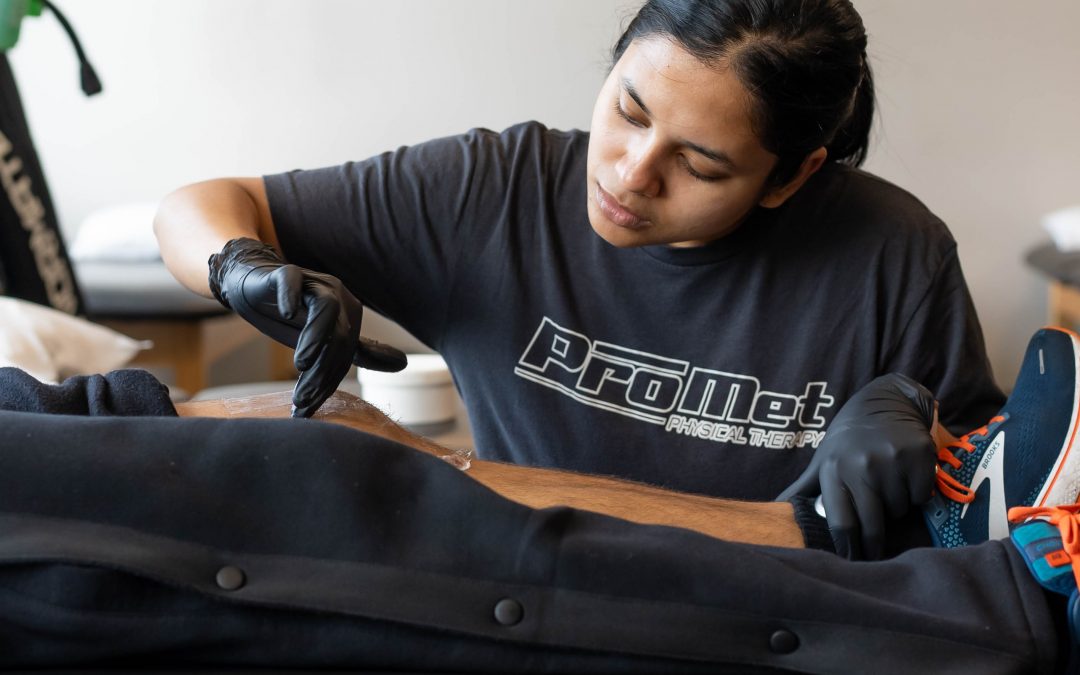Hip pain is common among young athletes, specifically those who compete in sports requiring repetitive hip flexion movements. Examples of specific sports are soccer, hockey, water polo and football. Femoral acetabular impingement (FAI) syndrome is characterized by pain experienced in the hip or groin region as a result of anatomical abnormalities that limit the normal hip range of motion (ROM).

The hip is a ball-and-socket joint and moves in 3 planes of motion: sagittal, frontal and transverse planes (Figure 1). Normal values for hip ROM are shown in Table 1 and FAI can affect movements into all directions due hip and/or groin pain caused by bony changes at the ball-and-socket joint.
|
Hip Movement |
Normal ROM Value |
|
Flexion |
115-125° |
|
Extension |
10-15° |
|
Abduction |
35-45° |
|
Internal Rotation |
35-45° |
|
External Rotation |
35-45° |
FAI can present as either a CAM Lesion or a Pincer Lesion. A CAM Lesion is an abnormal shape of the head of the femur (thigh bone). A Pincer Lesion is an abnormal overgrowth of acetabulum (hip joint socket). In both cases, this leads to an impingement of the hip joint in the extreme ranges of movement.
Tackling these symptoms and returning to sport can be difficult to do on your own, but our licensed physical therapists are here to not only guide you in those goals, but we also aim to educate our patients throughout the rehab process. Stop in one of our clinics in Glendale, Manhasset or Kew Gardens (soon to be Briarwood) to get moving in the right direction.




